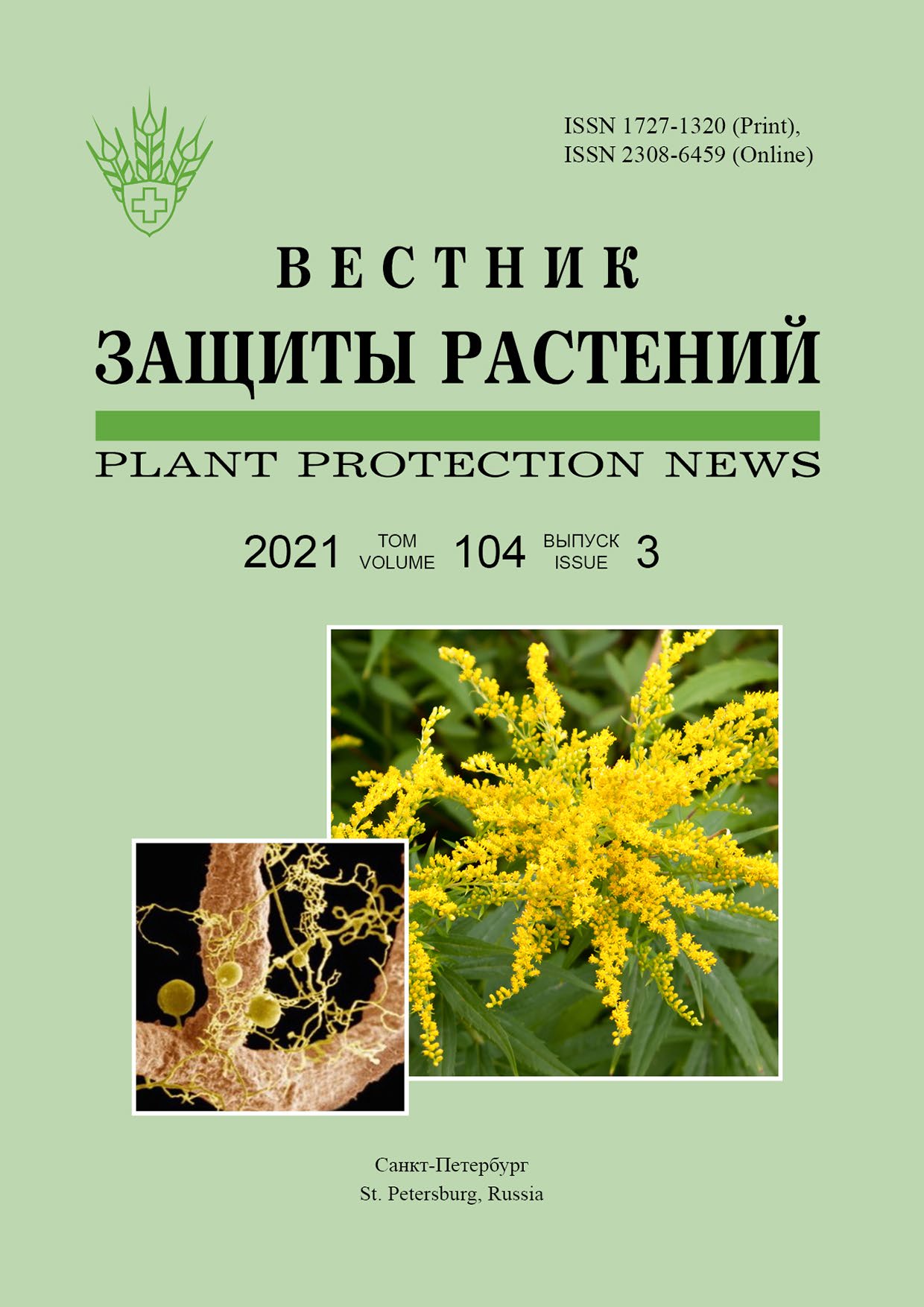Does arbuscular mycorrhiza favor invasion of some Asteraceae tribes?
Keywords:
common mycorrhizal networks, invasive weeds, Cardueae, Astereae, Anthemideae, Senecioneae, CichorieaeAbstract
Invasive species, including more than three dozen Asteraceae, such as Solidago canadensis, Leucanthemum vulgare, Senecio inaequidens etc, pose serious threat to ecosystem health. Arbuscular mycorrhizal symbiosis is a key factor for distribution of invasive species of some Asteraceae tribes, including Astereae, Anthemideae, Senecioneae, Gnaphalieae, Cardueae, and Cichorieae. The formation of invasion-friendly plant communities has occurred through increasing nutrient and water availability, hormonal regulation, production of bioactive compounds, and mycorrhiza-induced resistance of host plants. Native species are displaced through the influence on soil microbiota, mycorrhizal and nutrient status of neighboring plants, and several other parameters. Allelopathic influences and symbiotic interactions with bacteria and other fungi can inhibit these processes. Understanding the mycorrhizal status of invasive weeds, in our opinion, is a necessary condition for their successful control.



